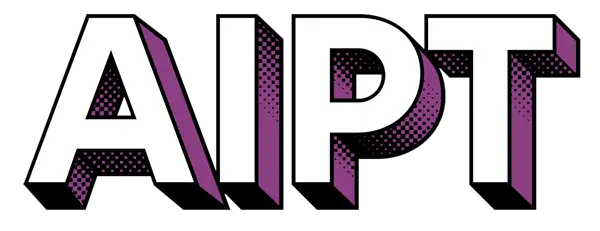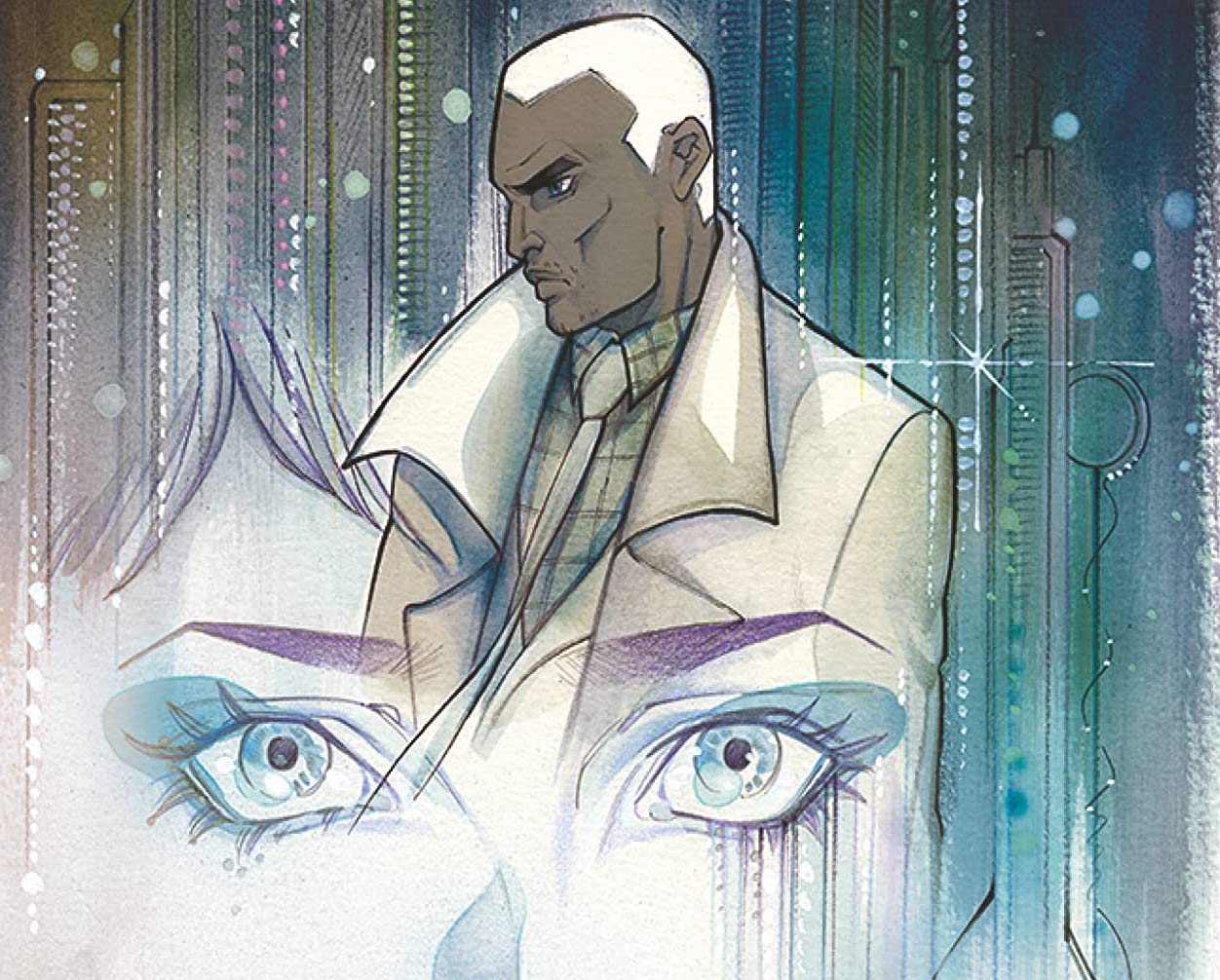Before Katsuhiro Otomo’s seminal anime Akira, before William Gibson helped blaze the techno trail in prose form with his novel Neuromancer, before the newly released console game of the same namesake, the Ridley Scott film Blade Runner heralded the arrival of the cyberpunk sub-genre to moviegoing audiences everywhere back in 1982. While not an immediate success, the film has amassed an ever-growing fanbase in the intervening years, and unlike other sci-fi properties of its caliber (Alien, Predator, Star Wars), the IP was never bastardized by a litany of less than stellar sequels.
Blade Runner’s one film followup, Blade Runner 2049 directed by Denis Villeneuve (Arrival, Dune), managed to appease audiences and critics alike and its reverence within the fandom near matches that of its predecessor. What small amount of EU there is surrounding such films strive toward the same degree of quality control displayed by the franchise at large. Titan Comics’ latest tie-in Blade Runner Origins #1 is a prime example.

Titan Comics
The year is 2009, two years after a bloody siege on the off-world colony of Kalanthia. Cal Moreaux, an LAPD detective concerned for the the personal wellbeing of his catatonic sister Nia, is assigned to investigate the alleged suicide of a Tyrell Corporation engineer on company grounds. Both his superiors within the department as well as the nefariously attentive Tyrell employee, Ilora Stahl, appear to push Detective Moreaux toward a quick, quiet and extremely discretionary closing of the case. The investigation is complicated, however, when Moreaux learns that the same night his victim allegedly hung herself, a new advancement in synthetic human, a prototype Nexus 5, escaped the facility. As Moreaux must now pursue the nefarious Nexus, he is soon to become the franchise’s first Blade Runner.

As when one watches Stanley Kubrick’s 2001: A Space Odyssey in the modern day, we have to imagine alt-reality, a historical science fiction if you will, where the space race of the 1960s never stopped and we were colonizing other planets by the early aughts. Such is the tact taken within the pages of Blade Runner: Origins. It’s probably hard for some readers to grasp that replicants were being manufactured as early as 2009 when in reality all we had by 2009 was ASIMO the dancing Honda robot, but much like the aforementioned feature 2001 or the alt-2015 represented in Back to the Future 2, such would be the futures predicted four to five decades ago.
Be it the filmmakers of the early ‘80s who worked on the first film or author Philip K. Dick (Total Recall, Minority Report), who penned the original 1968 novel Do Androids Dream of Electric Sheep?, the projected future far-flung from the one we currently live in, the gargantuan industrial pyramids, the miles of fiery factory buildings and the flying passenger vehicles (Spinners) hadn’t simply sprung up overnight in the latter 2010s. And the various writers and artists do a good job of rendering that on the page (after all, despite such short span technical advances, our good detective still speaks on a corded telephone).
Writers K. Perkins (Batwoman, Injustice 2), Mellow Brown (the Starz network adaptation of American Gods) and Mike Johnson (Star Trek, Blade Runner 2019) stand firm in sticking to the fixed timeline/continuity of the feature films (the first of which features a dystopian yet heavily futurist rendition of Los Angeles in the year 2019). Illustrator Fernando Dagnino (Suicide Squad, Captain Midnight) takes on 2009 L.A.’s look as being not all too dissimilar to how the city is represented in the original film set a decade later; although we do get to see some of those nifty digital panels beginning to go up to presumably advertise Atari, Pan Am and several other now-defunct companies shy of Coca-Cola.
Like the film (the ‘92 Director’s Cut/Final Cut anyway), the issue doesn’t waste a lot of space on unnecessary narration. Text squares and excessive word bubbles don’t clutter Dagnino’s well illustrated pages. For fans of Blade Runner, Origins opens up the universe in welcoming ways that in no way taint what’s been done prior. Prime reading when in prep for that upcoming Voight-Kampff test.
For fans of Blade Runner, Origins opens up the universe in welcoming ways that in no way taint what has been done prior. Prime reading when in prep for that upcoming Voight-Kampff test.
Join the AIPT Patreon
Want to take our relationship to the next level? Become a patron today to gain access to exclusive perks, such as:
- ❌ Remove all ads on the website
- 💬 Join our Discord community, where we chat about the latest news and releases from everything we cover on AIPT
- 📗 Access to our monthly book club
- 📦 Get a physical trade paperback shipped to you every month
- 💥 And more!













You must be logged in to post a comment.